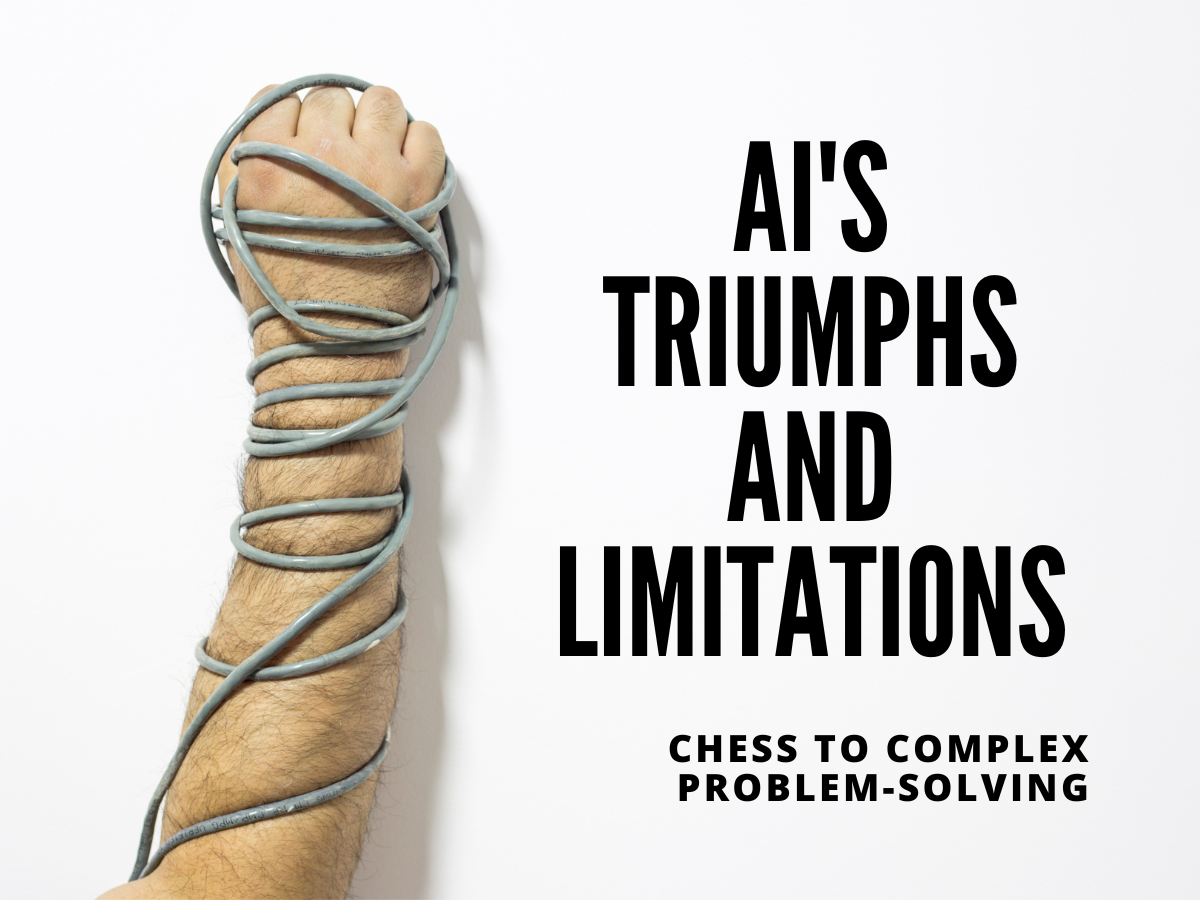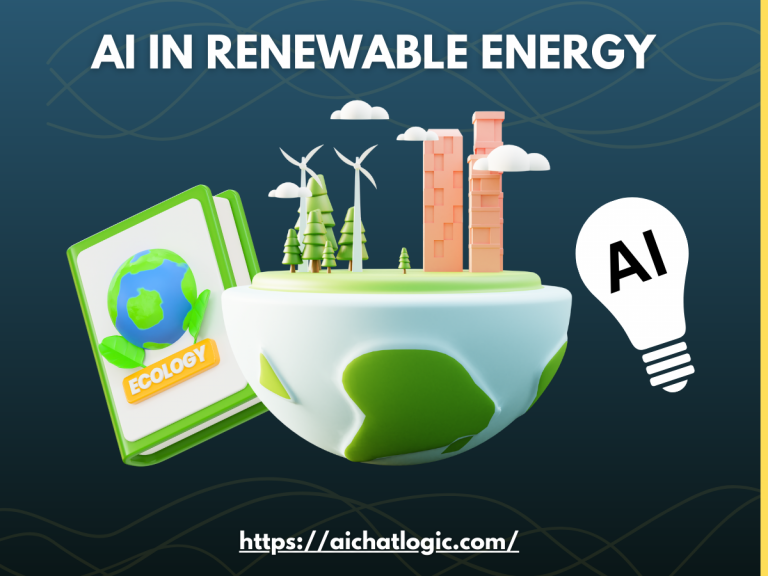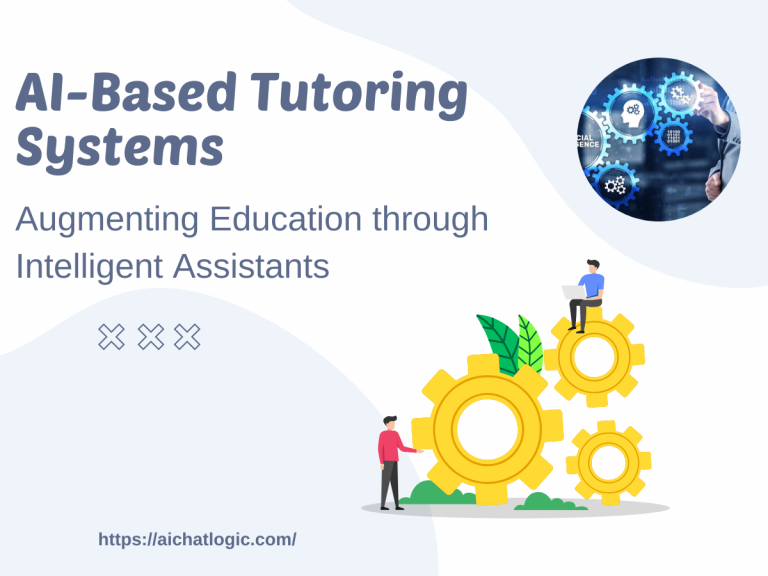1. Introduction
Artificial Intelligence (AI) has made significant strides in recent years, captivating both the scientific community and the general public. While its success in chess is well-known, the application of AI has expanded beyond game-playing to complex problem-solving in various fields. This article explores AI’s triumphs in chess, its transition to complex problem-solving, and the limitations it faces in tackling intricate real-world challenges.
2. The Rise of AI in Chess
Chess has long been a benchmark for human intelligence and strategic thinking. In the 1990s, AI’s potential in chess became evident with the rise of powerful computer algorithms. Prior to that, chess-playing programs relied on brute force and heuristics to evaluate positions. However, advancements in AI, specifically in machine learning and deep neural networks, revolutionized the approach.
3. Deep Blue and the Turning Point
The turning point in AI’s conquest of chess came in 1997 when IBM’s Deep Blue defeated the world chess champion, Garry Kasparov. Deep Blue’s success showcased the power of advanced algorithms and computational capabilities in outperforming human experts. It demonstrated that machines could analyze enormous amounts of data and make optimal decisions in complex scenarios.
4. AI’s Success in Chess
Since Deep Blue’s victory, AI has continued to dominate the chess world. Modern AI engines, such as AlphaZero and Stockfish, have surpassed human grandmasters in terms of playing strength. These engines leverage machine learning techniques and powerful hardware to analyze millions of positions per second, enabling them to uncover novel strategies and execute precise moves.
5. The Transition to Complex Problem-Solving
Buoyed by its success in chess, AI has expanded its horizons to tackle complex problem-solving beyond the boundaries of games. Researchers and engineers have developed AI systems capable of addressing intricate challenges in various domains. This transition has been fueled by advancements in machine learning, natural language processing, and other AI subfields.
6. AI’s Applications in Various Fields
6.1 Medicine and Healthcare
In the field of medicine, AI has shown promise in diagnosing diseases, analyzing medical images, and identifying patterns in patient data. Machine learning algorithms can assist healthcare professionals in making accurate diagnoses and predicting outcomes. AI-powered systems can process vast amounts of medical literature and help researchers discover new treatments and therapies.
6.2 Finance and Economics
AI has also found applications in the financial sector. Intelligent algorithms can analyze market trends, predict stock prices, and optimize investment portfolios. Machine learning models can assess credit risk and detect fraudulent transactions, enhancing the security and efficiency of financial institutions.
6.3 Transportation and Logistics
AI’s impact on transportation and logistics is evident in self-driving cars, route optimization, and supply chain management. Autonomous vehicles leverage AI technologies, including computer vision and sensor fusion, to navigate roads and make informed decisions. AI algorithms help optimize transportation routes, reducing fuel consumption and improving delivery times.
7. The Limitations of AI in Complex Problem-Solving
While AI has achieved remarkable feats, it is essential to recognize its limitations when it comes to complex problem-solving.
7.1 Lack of Common Sense
AI systems excel in specific tasks but often lack common sense reasoning abilities. They struggle with contextual understanding, sarcasm, and grasping implicit information. This limitation hampers their performance in domains where human intuition and contextual knowledge play crucial roles.
7.2 Ethical Considerations
AI’s rapid advancement raises ethical concerns. Decision-making algorithms can inadvertently perpetuate biases present in training data, leading to discriminatory outcomes. The transparency and accountability of AI systems need to be addressed to ensure fairness and mitigate potential harm.
7.3 Dependency on Data
AI’s effectiveness relies heavily on the availability of quality data. Complex problem-solving often requires extensive and diverse datasets, which may not always be accessible. Moreover, the bias in training data can lead to skewed results, impacting the reliability and accuracy of AI models.
8. Overcoming Limitations and Future Prospects
Researchers are actively working to overcome AI’s limitations and enhance its problem-solving capabilities. Advancements in explainable AI aim to make machine decision-making more transparent and interpretable. Ethical frameworks are being developed to guide the responsible use of AI. Additionally, efforts are underway to create larger and more diverse datasets to improve AI performance in real-world scenarios.
The future prospects for AI in complex problem-solving are promising. As technology continues to advance, AI is expected to play an increasingly vital role in addressing global challenges, ranging from climate change to healthcare disparities.
9. Conclusion
AI has come a long way from its early days in chess-playing programs. Its triumphs in chess laid the foundation for its transition to complex problem-solving in diverse fields. While AI has demonstrated remarkable capabilities, it still faces limitations in common sense reasoning, ethical considerations, and data dependency. However, ongoing research and advancements offer hope for overcoming these challenges and unlocking AI’s full potential.
10. FAQs
Q1: How did AI achieve success in chess? AI achieved success in chess through advancements in machine learning, deep neural networks, and powerful hardware. Algorithms like AlphaZero and Stockfish analyze millions of positions per second, enabling them to surpass human grandmasters.
Q2: In what areas is AI being applied beyond chess? AI is being applied in various fields such as medicine and healthcare, finance and economics, transportation and logistics, and many more. It helps in diagnosing diseases, analyzing financial trends, optimizing transportation routes, and more.
Q3: What are the limitations of AI in complex problem-solving? AI’s limitations in complex problem-solving include a lack of common sense reasoning, ethical considerations, and dependency on quality data. These factors can impact the performance and reliability of AI systems.
Q4: How can AI overcome its limitations? Researchers are working on developing explainable AI, ethical frameworks, and larger datasets to enhance AI’s problem-solving capabilities. These efforts aim to address the limitations and improve the performance of AI systems.
Q5: What does the future hold for AI in complex problem-solving? The future of AI in complex problem-solving looks promising. With ongoing advancements, AI is expected to play a significant role in addressing global challenges and making a positive impact in various domains.












+ There are no comments
Add yours